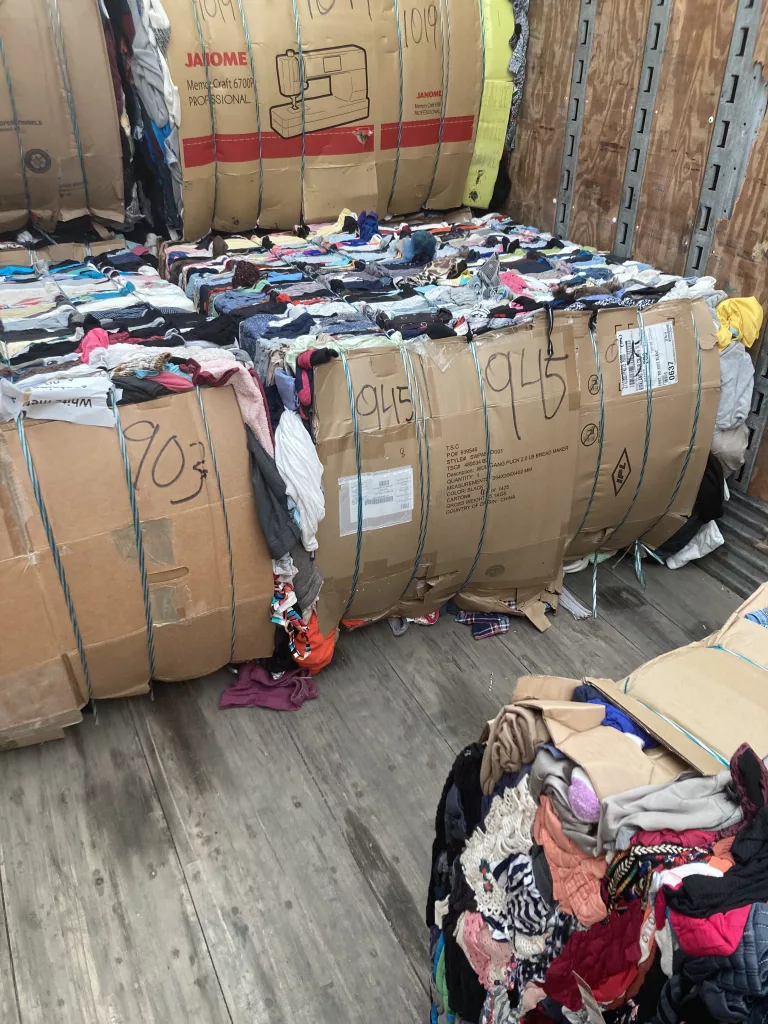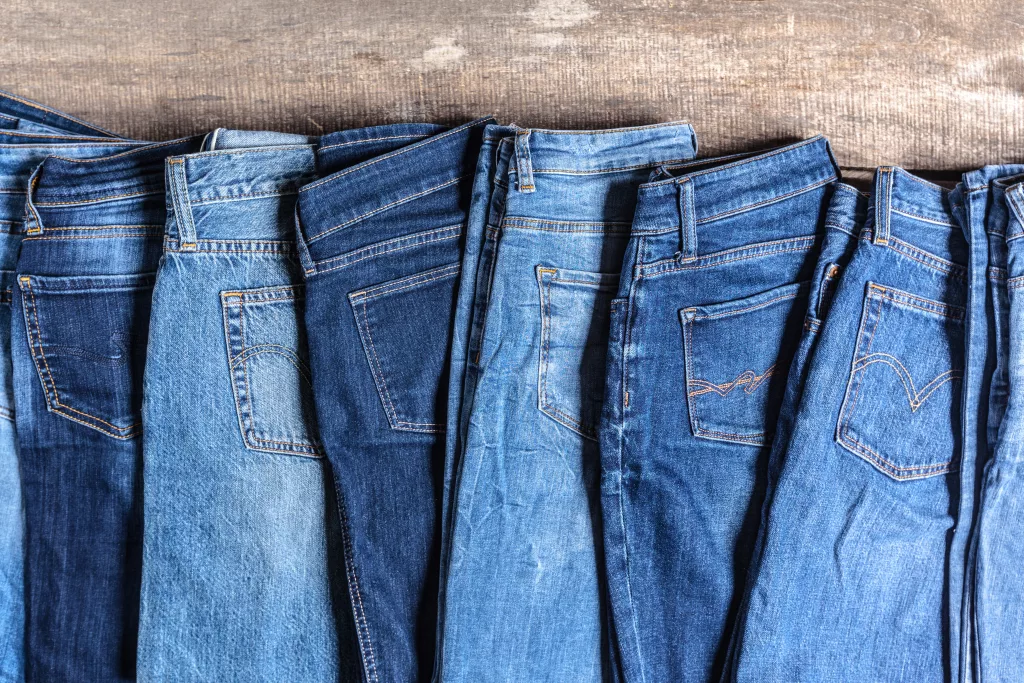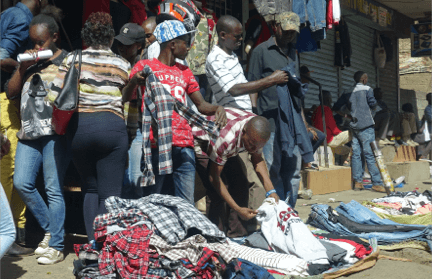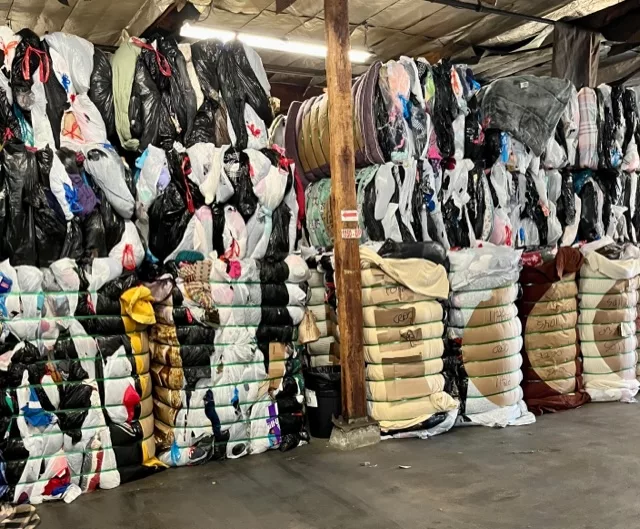In a world increasingly concerned with sustainability, the fashion industry has found itself under scrutiny for its environmental footprint.
However, amid the discussions surrounding fast fashion and textile waste, there shines a beacon of hope – credential clothing.
So what exactly is credential clothing? Credential clothing is collected through various means (donation bins, drop boxes) and is the original donation.
To qualify as a credential item, they must be unsorted, untouched, and NOT graded.
In this blog we’ll delve into the environmental impact of credential clothing, exploring how this integral component of the second-hand market contributes to a greener and more sustainable future.

Reducing Textile Waste
The fashion industry is notorious for its massive contribution to textile waste. In fact, the average American discards around 81 pounds of clothing and other textiles each year. Credential clothing or raw clothing plays a pivotal role in reducing this waste by giving pre-loved apparel a second chance at life.
When clothing is donated, it doesn’t end up in landfills, where synthetic fibres can take hundreds of years to decompose, putting added stress on the environment and planet. Instead, the grading and sorting process ensures that each piece finds its way to a suitable destination, whether it be resold, repurposed, or recycled. By diverting clothing from landfills, credential clothing directly addresses the environmental crisis associated with textile waste.
Carbon Footprint Reduction
The manufacturing of new clothing contributes significantly to carbon emissions, from the cultivation of raw materials to the transportation and production processes. Raw clothing acts as a carbon footprint minimizer by extending the lifespan of garments already in existence.
Consider a pair of jeans. By choosing credential clothing, consumers opt for a pair that has already undergone the carbon-intensive manufacturing process. This reduces the demand for new production and lessens the industry’s overall carbon footprint. It’s a simple yet effective way to combat climate change through sustainable consumer choices.

Conserving Water Resources
Textile production is a water-intensive process, with vast amounts used in the cultivation of crops like cotton and in the dyeing and finishing stages. Cotton production uses a significant amount of water. To produce 1kg of lint, roughly equivalent to one T-shirt and a pair of jeans, cotton globally uses 1,931 litres of irrigation water and 6,003 litres of rainwater on average.
Credential clothing mitigates this water usage by promoting the reuse of already manufactured textiles. When consumers choose second-hand apparel, they indirectly contribute to the conservation of precious water resources, making a positive impact on the environment.
Promoting Circular Fashion
Credential clothing is a key player in the growing trend towards circular fashion. Instead of following the linear model of ‘take, make, dispose,’ the circular fashion model encourages continuous reuse, recycling, and repurposing. By participating in the credential clothing cycle, individuals actively contribute to this circular economy, fostering a sustainable approach to fashion consumption.

In the realm of fashion, where trends often come and go in the blink of an eye, credential clothing emerges as a beacon of sustainability. Through its reduction of textile waste, carbon footprint, and conservation of water resources, credential clothing is an environmental ally in the fight against the ecological challenges posed by the fashion industry.
So, the next time you don a gently worn credential clothing find, know that you’re not just making a fashion statement – you’re contributing to a greener, more sustainable world.
As a trusted partner in the used clothing industry, Bank & Vogue helps give products a second life, helping eliminate the stress we are putting on the environment. Working with suppliers and retailers across the globe our mission is to make the textile industry completely circular.
Learn more about us here.







